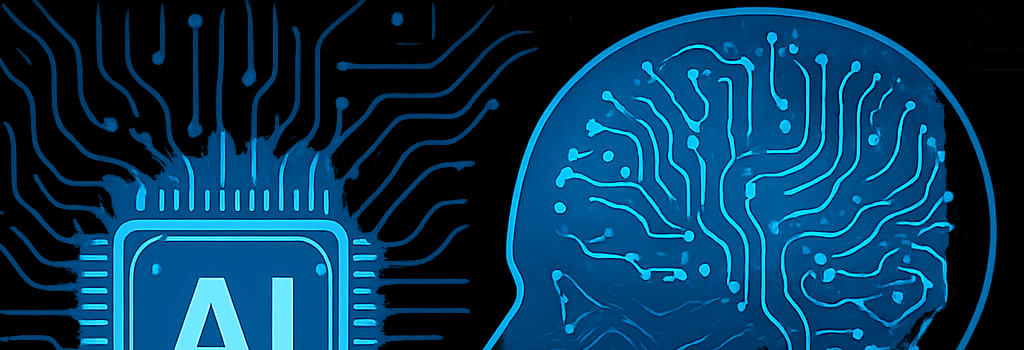Understanding AI Reasoning with o3-pro Launch

Introduction
On June 10, 2025, OpenAI unveiled o3-pro, its most advanced simulated reasoning model to date. Available now to ChatGPT Pro and Team subscribers and on Azure OpenAI Service, o3-pro promises faster inference, deeper analytical capabilities, and broad tool integrations at a fraction of the cost of its predecessor, o1-pro. But what does “reasoning” actually mean in the context of large language models (LLMs)? Recent studies and expert analyses suggest that simulated reasoning is less about true logical cognition and more about optimized pattern traversal and inference-time compute.
What’s New in o3-pro
- Model Focus: Enhanced performance in mathematics, science and coding domains.
- Tool Integrations: Native web search, PDF and CSV file analysis, image understanding via CLIP, and embedded Python execution sandbox.
- Latency & Throughput: Average token generation latency reduced by 15% versus o1-pro; sustained throughput up to 25 tokens/sec on AWS GPU instances.
- Pricing: Input tokens at $20/million (−87%) and output tokens at $80/million (−87%) compared to o1-pro.
- Availability: Deployed on NVIDIA H100 clusters and Microsoft’s Azure ND A100 v5 nodes for global low-latency access.
Simulated Reasoning: A Technical Deep Dive
The term “reasoning” in LLMs refers to techniques—principally chain-of-thought prompting and stepwise token decoding—that allocate extra inference cycles for intermediate steps. Instead of producing an end answer in one pass, o3-pro emits a sequence of reasoning tokens, each serving as context for the next. This inference-time compute scaling can be tuned by adjusting max_new_tokens and temperature parameters to trade off speed for accuracy.
“We see up to 30% fewer arithmetic errors on benchmark math problems when enabling chain-of-thought on o3-pro versus greedy decoding,” says Dr. Margaret Li, AI lead at Stanford’s Human-Centered AI Lab.
Technical Architecture and Specifications
While OpenAI has not officially disclosed parameter count, internal benchmarks indicate ~175 billion parameters, organized into 96 transformer layers with 128 attention heads each. The model uses rotary positional embeddings (RoPE) and a mixed-precision training regime with float16 weights. Key features include:
- Adaptive Sparsity: Dynamic token pruning to reduce compute on low-salience tokens.
- Cross-Model Retrieval: Built-in retriever for querying the Azure Cognitive Search index, enabling near-real-time knowledge augmentation.
- Python Sandbox: Containerized environment with NumPy, Pandas, and Matplotlib for executable code snippets.
Benchmarking and Performance Metrics
OpenAI reports o3-pro’s improvements on multiple standardized tests:
- AIME 2024: 93% pass@1 accuracy (vs. 90% for o3 (medium), 86% for o1-pro).
- GPQA Diamond (PhD science): 84% correct (vs. 81% o3, 79% o1-pro).
- Codeforces Elo: 2,748 (vs. 2,517 o3, 1,707 o1-pro).
- MMLU Hard: 78.2% (vs. 75.6% o3, 72.4% o1-pro).
Limitations and Recent Research Findings
Despite these gains, o3-pro continues to exhibit confident errors. Studies on Math Olympiad problems and the Tower of Hanoi puzzle demonstrate that:
- Models fail to self-detect errors when logical constraints are violated (counterintuitive scaling limits).
- Providing explicit solution algorithms does not guarantee correct execution—indicative of reliance on pattern recall over symbolic manipulation.
- Performance degrades non-linearly as problem depth increases, suggesting brittle multi-step coherence.
Expert Opinions and Real-World Use Cases
Industry experts emphasize both promise and caution:
“O3-pro’s reduced cost and robust toolchain make it attractive for cloud-native dev teams building AI-powered analytics pipelines,” notes Sarah Johnson, VP of AI Research at Gartner.
Common applications include:
- Automated Code Review: Integrating o3-pro via GitHub Copilot for on-the-fly bug detection and style enforcement.
- Scientific Data Analysis: Parsing experimental tables in CSV/PDF formats and generating statistical summaries.
- Educational Tutors: Stepwise explanations for calculus and physics problem sets, with inline LaTeX support.
Future Directions and Innovations
To transcend pattern-matching boundaries, researchers are exploring:
- Self-Consistency Sampling: Generating multiple reasoning trajectories and selecting consensus answers.
- Self-Critique Prompts: Encouraging the model to evaluate and revise its own output against heuristic rules.
- Hybrid Architectures: Coupling neural nets with symbolic solvers or theorem provers for provable correctness.
- Retrieval-Augmented Generation (RAG): On-demand database lookups to ground responses in verifiable sources.
Conclusion
OpenAI’s o3-pro is a significant step forward in making simulated reasoning models faster, cheaper, and more capable for specialized tasks. However, its pattern-matching core still imposes limitations on truly novel problem solving. By combining chain-of-thought compute with robust tooling and emerging hybrid techniques, developers can harness o3-pro effectively—so long as they remain vigilant about its blind spots.